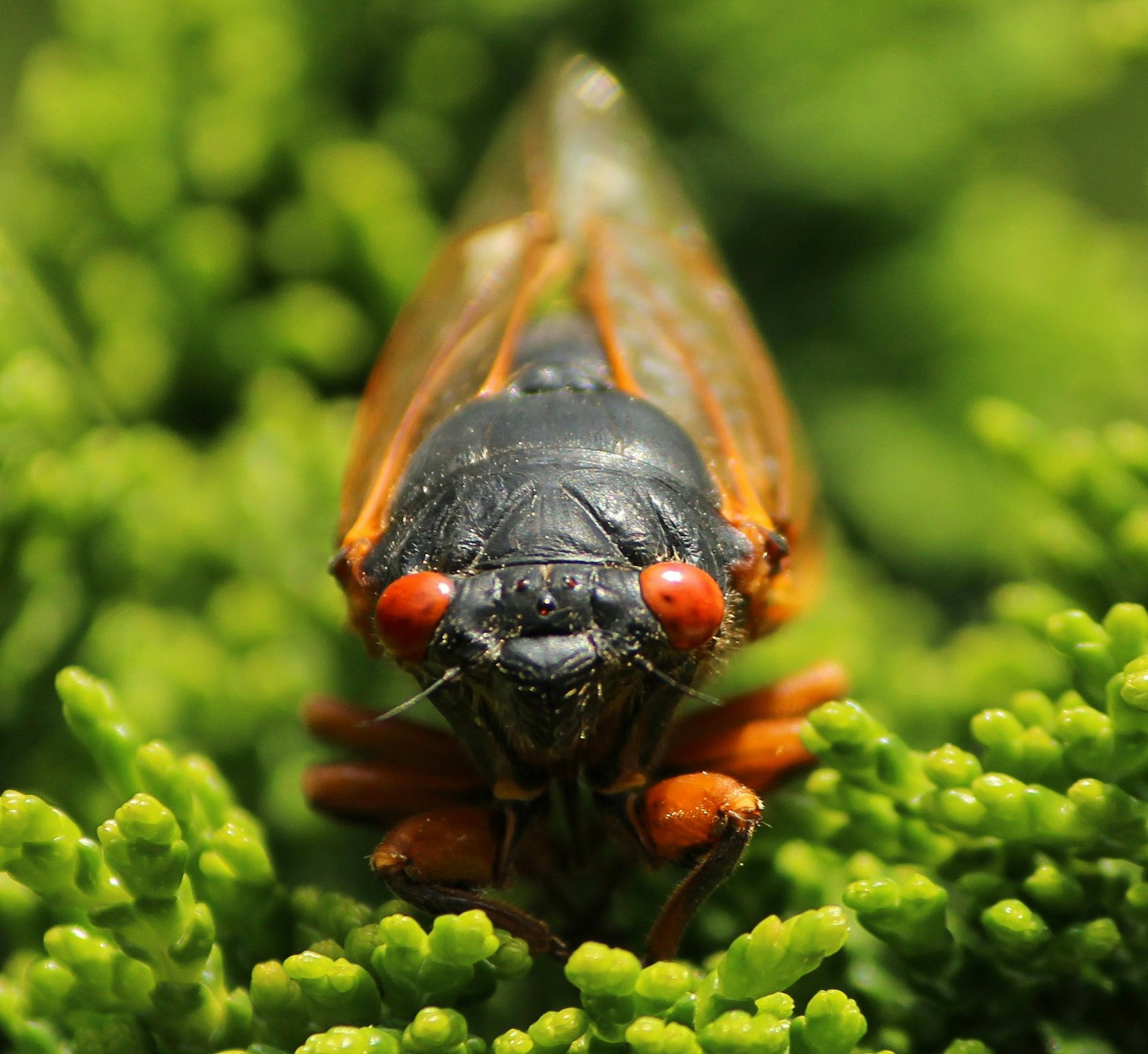
Insect populations around the world are rapidly declining. Within the next 20 years, 40% of the earth’s insect species may be extinct and within 100 years insects could disappear completely. (Worldwide decline of the entomofauna: A review of its drivers Biological Conservation, Apr. 2019).

If your initial response to these facts was a celebration of fewer bugs in your life, then I’d like you to consider this. Insects have a profound impact on and are a crucial element to all of the life systems of our planet, including that of human beings. Without a profusion of multiple insect species and numbers, our world as we know it will not survive. On the surface, that seems like an alarmist cry, an exaggeration of the facts. Delving into the roles that insects play however, sheds a different light on the statement. So, just what do insects accomplish besides creeping, crawling, stinging and biting?

The most obvious answer is pollination of flowers, trees and food crops. Butterflies and honeybees are the most familiar pollinators identified by the general public. Although they are responsible for annually pollinating over 20 billion dollars worth of food crops in the United States alone, they are not the only insects that pollinate plants.

Many unexpected insect species are also pollinators. Ants, for example, are instrumental In the germination of over 150 plant varieties. As ants carry plant seeds back to their nests to eat later, some seeds are dropped along the way. A percentage of the dropped seeds find their way into the ground where they sprout and grow.

Wasps are pollinators. A particular kind of wasp pollinates fig flowers.Without that wasp, figs would be on short supply. One small, grey moth species pollinates the unique desert Joshua trees, and a type of fly, the chocolate midge, is totally responsible for pollinating cocoa trees. In other words, no midge, no chocolate!

As important as the ability to pollinate is, insects provide other critical services as well. Bugs — the colloquial term rather than the scientific one — add soil amendments to our gardens, our lawns, fields, woods and all other terrain . Both herbivorous insects, (those that feed on plants) such as tiny aphids or large, voracious grasshoppers and carnivorous insects (those that feed on meat) such as spiders and ground beetles, have digestive systems that process the food they eat. Once consumed and digested, the resulting organic matter is returned to the soil as nutrients which are accessible to microorganisms in the soil. The microorganisms then in turn provide nourishment to plants and foster vigorous plant growth and development.

Living insects add nutrients to the soil through their waste products. Dead insects also help fertilize the ground by releasing nitrogen, the primary chemical element of their bodies. Researchers have measured as much as a 12% increase in nitrogen levels in the years that the 17 year cicadas emerge and die.

A form of soil aeration is another benefit that insects provide humans. Termites, cicadas, wasps, ants and other insects that burrow build underground tunnels to use as their transportation corridors and their homes. The tunnels create underground channels through which water and oxygen become available to the roots and cells of plants.

Some specific categories of insects are experts at recycling. While soft vegetation such as leaves and stems decompose fairly rapidly, the harder wood of tree trunks and branches takes much longer. Researchers have determined that dead hardwood trees, depending on their sizes and locations, take between 46 and 71 years to completely decompose while conifers take 57 to 124 years. Without intervention by “pioneer insects” like bark beetles and wood wasps, decomposition could take twice as long and the rich, dark humas of rotted trees would not be available to enrich our forest floors.

Insects are food sources for a wide range of animal varieties and human cultures. Anteaters, armadillos and hedgehogs are all examples of insectivores, or animals and insects that primarily eat insects. Other mammals, reptiles, amphibians and birds are also dependent on insects as a significant portion of their diets. If those insects disappear, then the ecosystems to which the other animals belong will collapse.

Experts in the field of entomophagy, the practice of eating insects by humans, estimate that every day over two billion people in all corners of the world eat insects. For many of the world’s poor, insects are a nutrition-rich alternative to meat. Insects are protein dense and are high in sugars and vitamins B, K and C. Butterflies, for example, proportionally have more protein than chicken and wasps have more vitamins than some fresh fruits do.

Insects are products producers. Lac, a protective film produced by a species of scale in India, is used in products like varnishes, shellacs and sealing waxes. Natural dyes made from insects are used for cosmetics, beverages and medicines because they have been proven safer than synthetic ones. Beeswax, made from the honeycombs of honeybees, is used in a range of industries from pharmaceuticals to cosmetics and candles to food production. An enormous number of products would disappear from shelves, or change in formulation, if their insect manufacturing team vanished.

Finally, insects, with their enormous array of forms, patterns and colors, give the world an unexpected source of beauty. Whether captivating us with iridescent color, enthralling us with a whimsical pattern or startling us with a sinister form, insects engage and tantalize our senses and connect us to the natural world.

But, if the conclusion that 40 % of the earth’s insects risk extinction within 20 years is accurate, then our current connection to the natural world is tenuous at best. Understanding the critical importance of all insects to the world’s ecosystems is the first step in rebuilding their numbers and strengthening our bonds to nature. Join us next week as we examine some of the causes of insect decline and suggest some of the cures we can implement. Hope to see you then.
